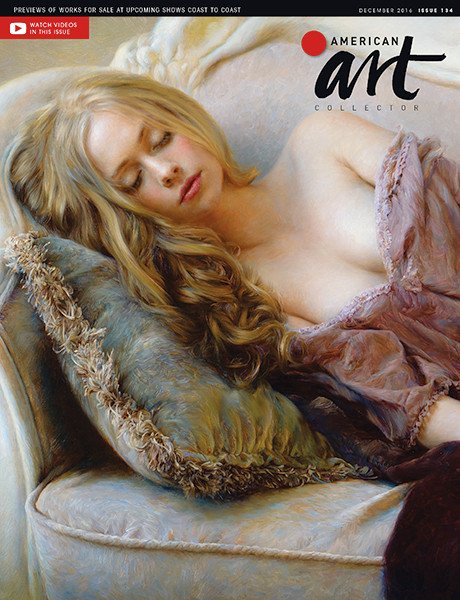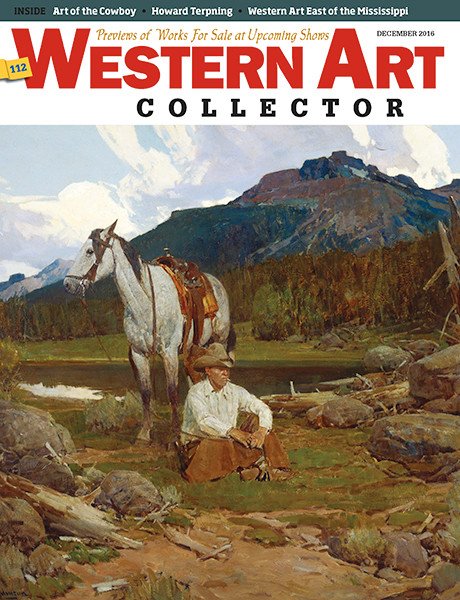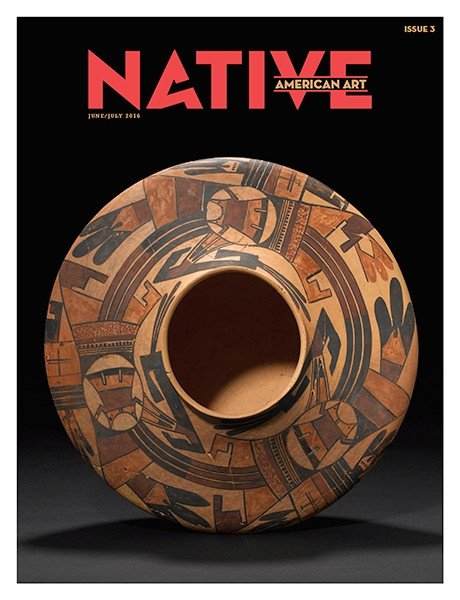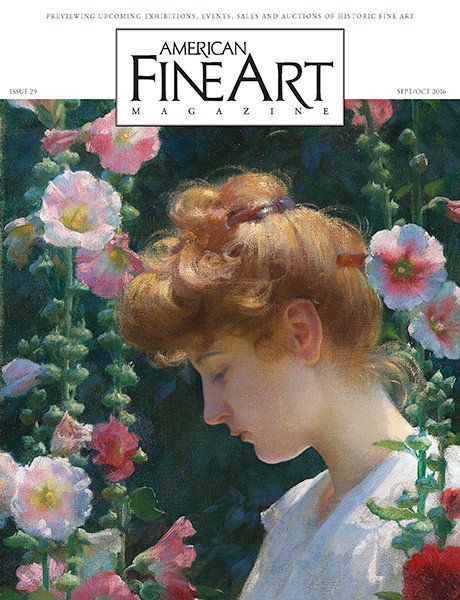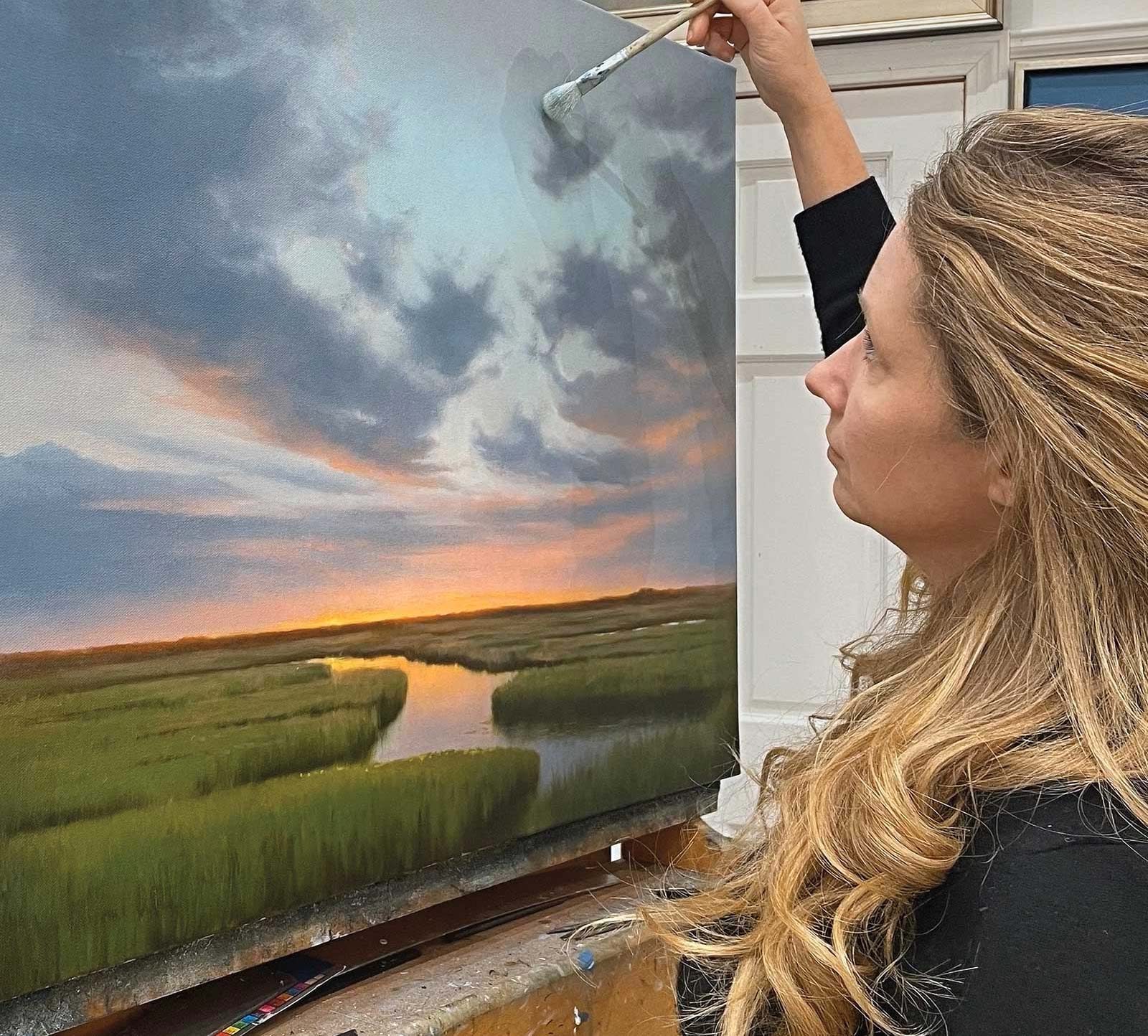My painting process begins with imagination, drawing inspiration from the landscapes I experience daily. Living in a coastal community, I’m deeply moved by the ever-changing beauty of salt marshes, ocean waves and the subtle interplay of light and color in these spaces. While my work is not tied to specific places, it is rooted in the essence of the natural world, shaped by the feelings these environments evoke.
The salt marshes, for example, are a constant source of fascination. They are peaceful yet teeming with life, vital to our ecosystem, and possess an understated beauty that I aim to capture on canvas. Similarly, when painting the ocean, I strive to translate its energy and atmosphere—inviting the viewer to hear the crash of the waves, smell the salt in the air and feel the spray on their skin.
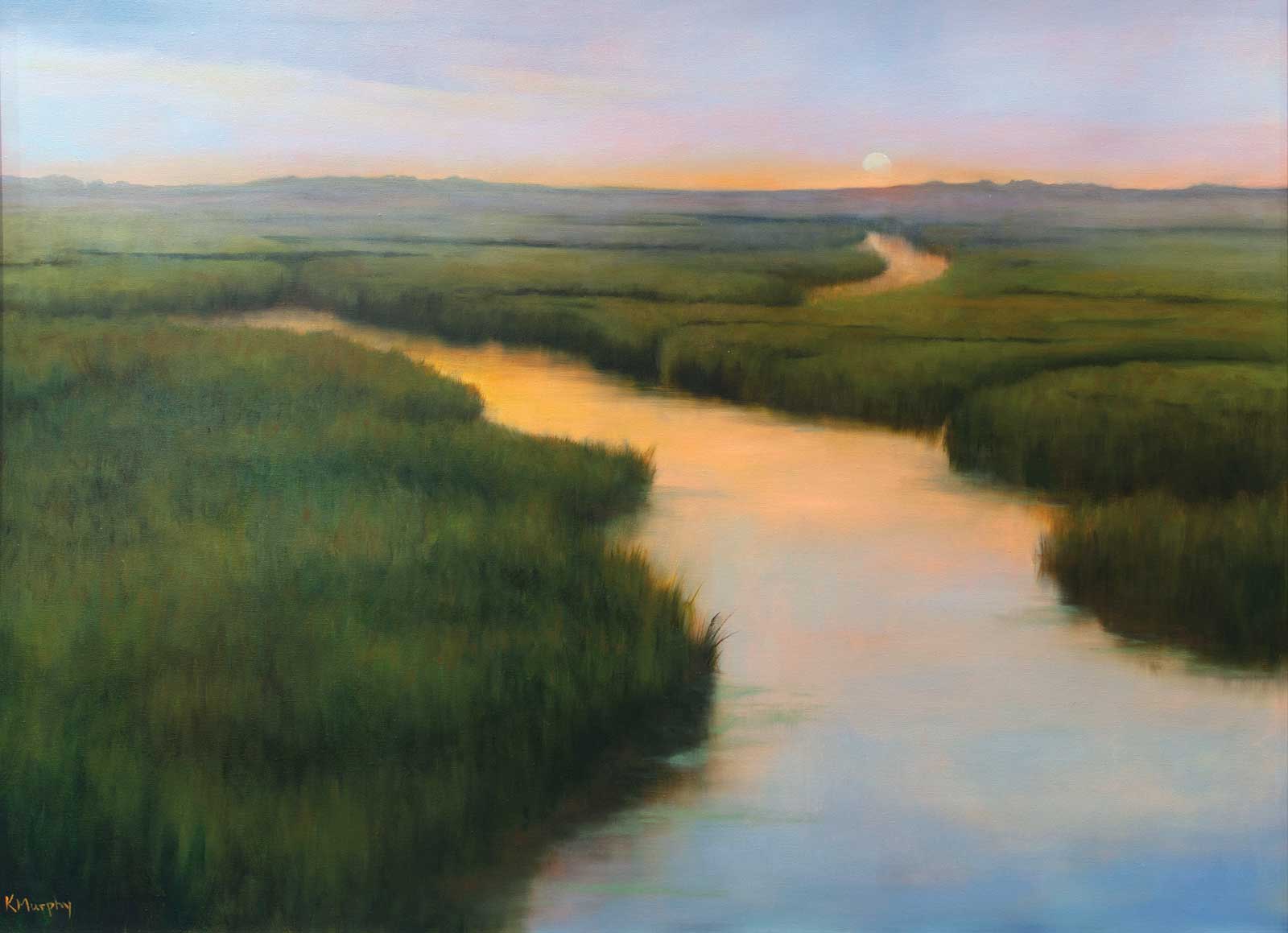
Traces of Light, oil on linen, 30 x 40” (76 x 101 cm)
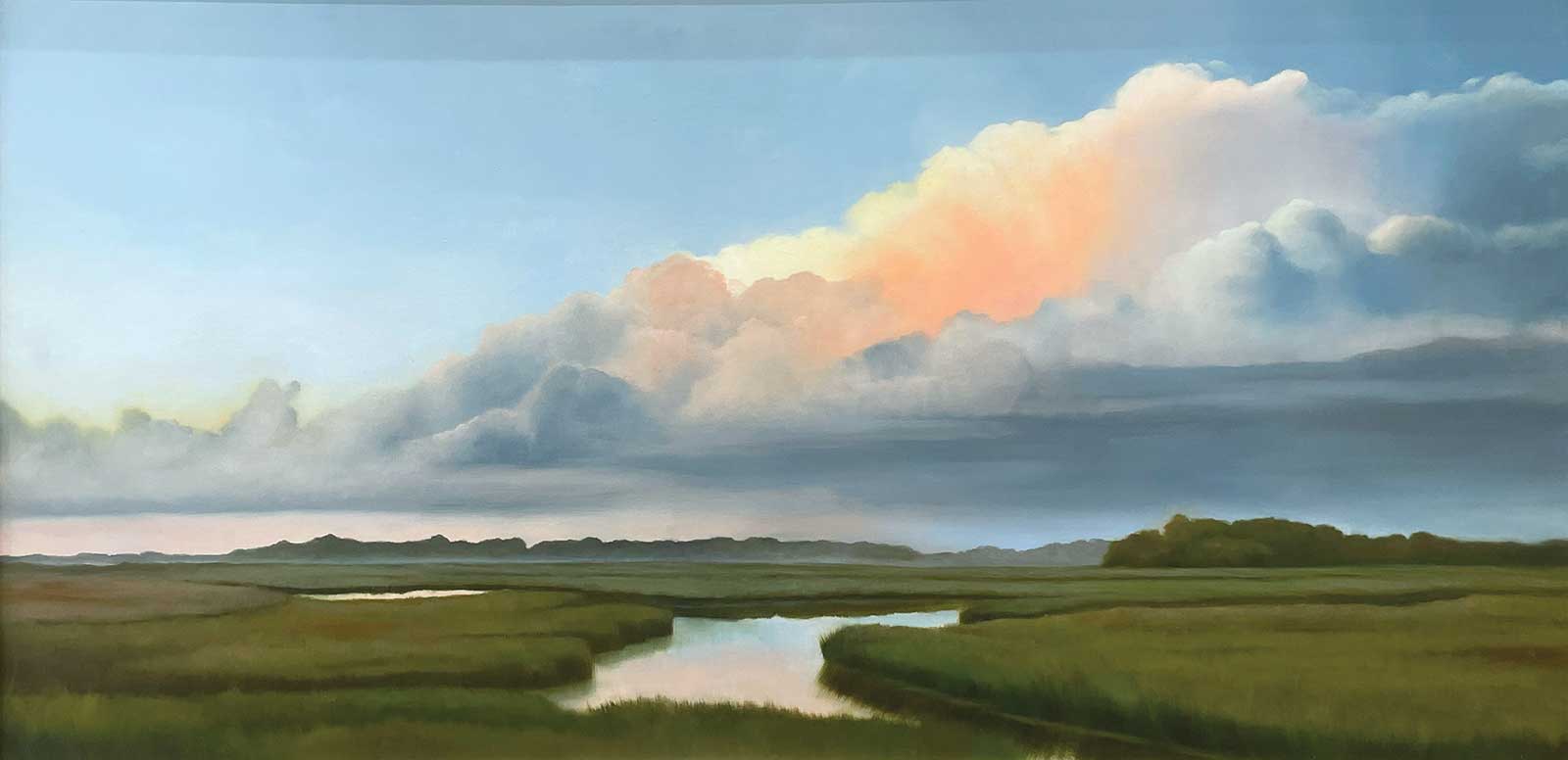
Calm Sunset Reflections, oil on linen, 24 x 48” (60 x 121 cm)
I work using traditional techniques, starting each piece with an underpainting. This initial layer allows me to map out the composition and establish the value structure of the scene. At this stage, I can experiment freely, adding or removing paint until the foundation feels right. The underpainting serves as the backbone of the piece, providing a roadmap for the layers to come.
Next, I build depth and texture through scumbling and glazing. Scumbling involves applying thin, dry layers of paint to create soft transitions and atmosphere, while glazing uses translucent layers to enrich and unify colors. This method allows me to create a sense of luminosity and subtle detail, drawing the viewer into the work.

Twilight Reflections, oil on canvas, 30 x 60” (76 x 152 cm)
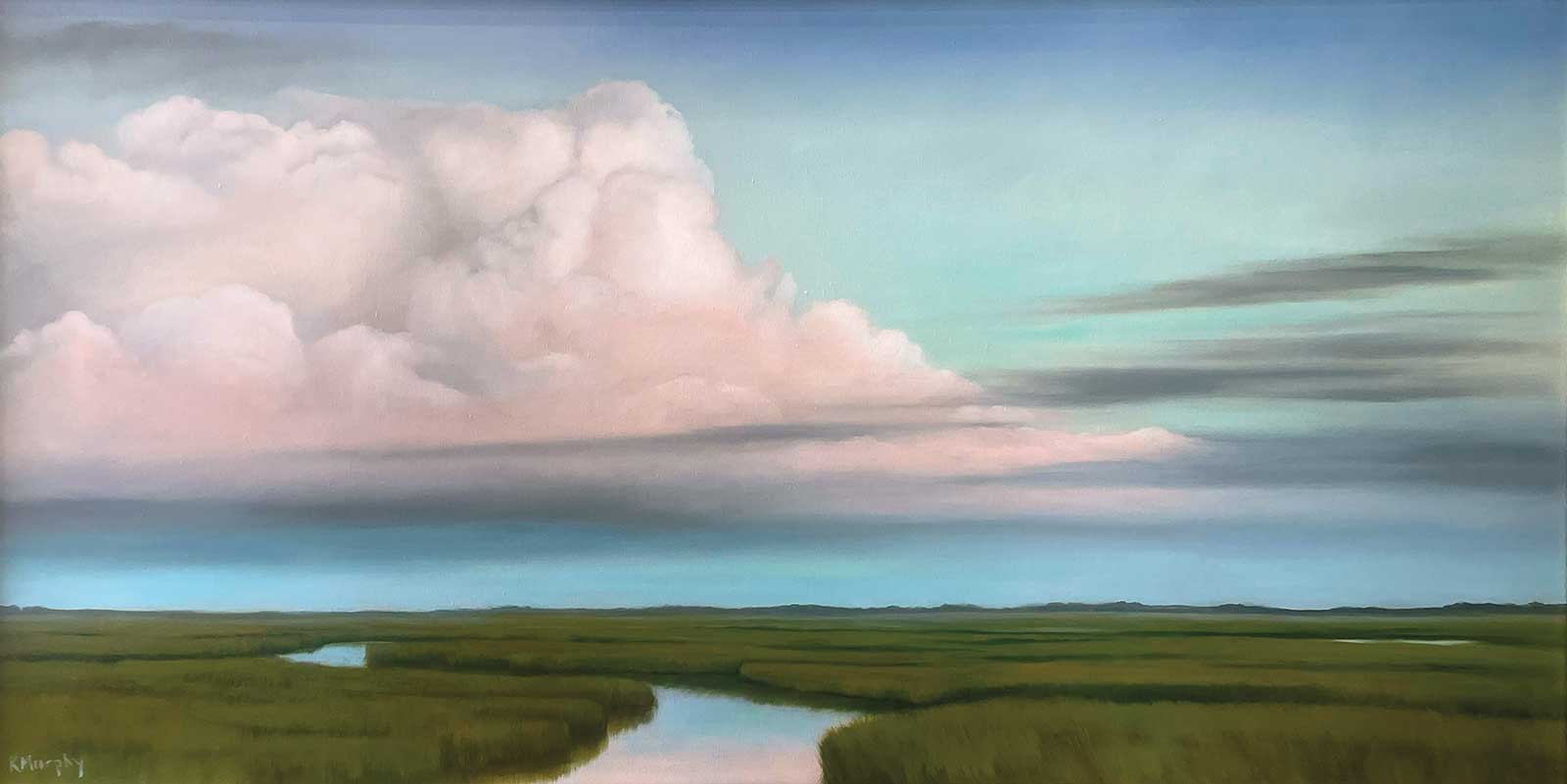
Marshland Meditations, oil on linen, 24 x 48” (60 x 121 cm)
Ultimately, my goal is to convey not just a scene, but a feeling—a sense of place that resonates universally. I want my work to transport viewers into these imagined spaces, allowing them to connect with the tranquility, power and beauty of nature as I experience it.
My Art in the Making Twilight’s Veil
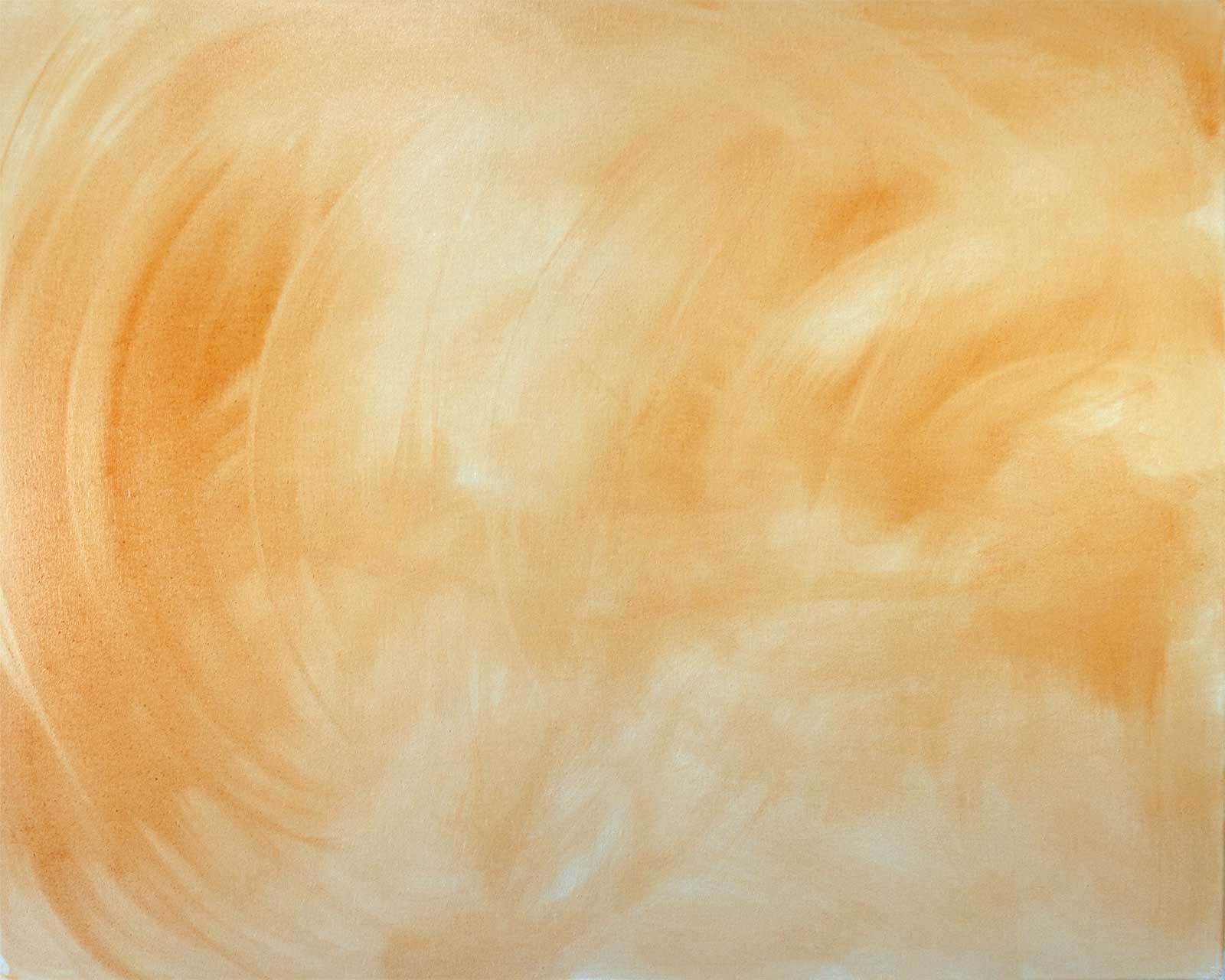 Stage 1
Stage 1Stage 1 Toning the Canvas
I begin by toning the canvas with transparent red iron oxide, a warm, earthy color that creates an inviting foundation. This warmth often shines through in the final painting, or at least leaves a subtle hint of itself. Using a large house brush and a bit of Gamsol, I apply the paint in loose, sweeping strokes, letting the tone set the mood for what’s to come.
 Stage 2
Stage 2Stage 2 Drawing the Composition
With the toned surface dry, I lightly sketch the composition using vine charcoal. This allows for easy adjustments as I refine the design. If something doesn’t feel right, I rework it until the scene flows naturally. While my work is created from imagination, it’s always rooted in the landscapes and moments I’ve experienced, inspired by my time in nature.
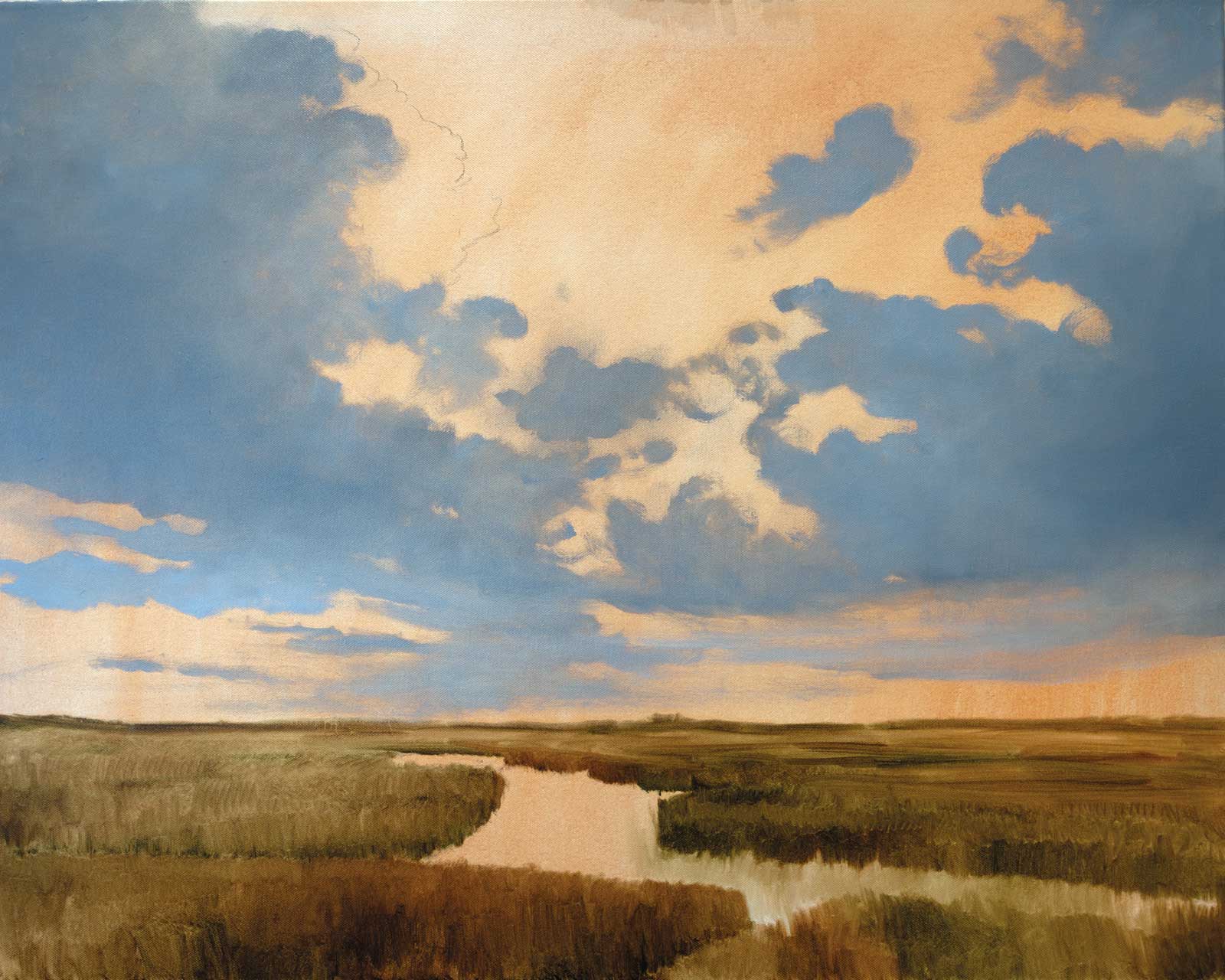 Stage 3
Stage 3Stage 3 Underpainting
I start the underpainting using a mix of transparent red iron oxide and phthalo green. These two highly pigmented, transparent colors complement each other beautifully, allowing me to shift areas toward warm reds or cool greens while creating rich, transparent darks. At this stage, I’m not overly precise, I simply want to establish the composition. I often add and subtract paint until it feels balanced, using tools like paper towels or Q-tips to move or remove paint. On this particular day, I also began blocking in the clouds, going straight to color. I kept it loose, focusing only on the main masses until the arrangement felt right.
 Stage 4
Stage 4Stage 4 Blocking in the Sky
Next, I began blocking in the sky, focusing on the main masses of color. At this stage, I’m not concerned with fine details—it’s about getting color down and creating a foundation to build on. Since I work from imagination, the process is fluid, and I often change things as I go, feeling my way through the painting.
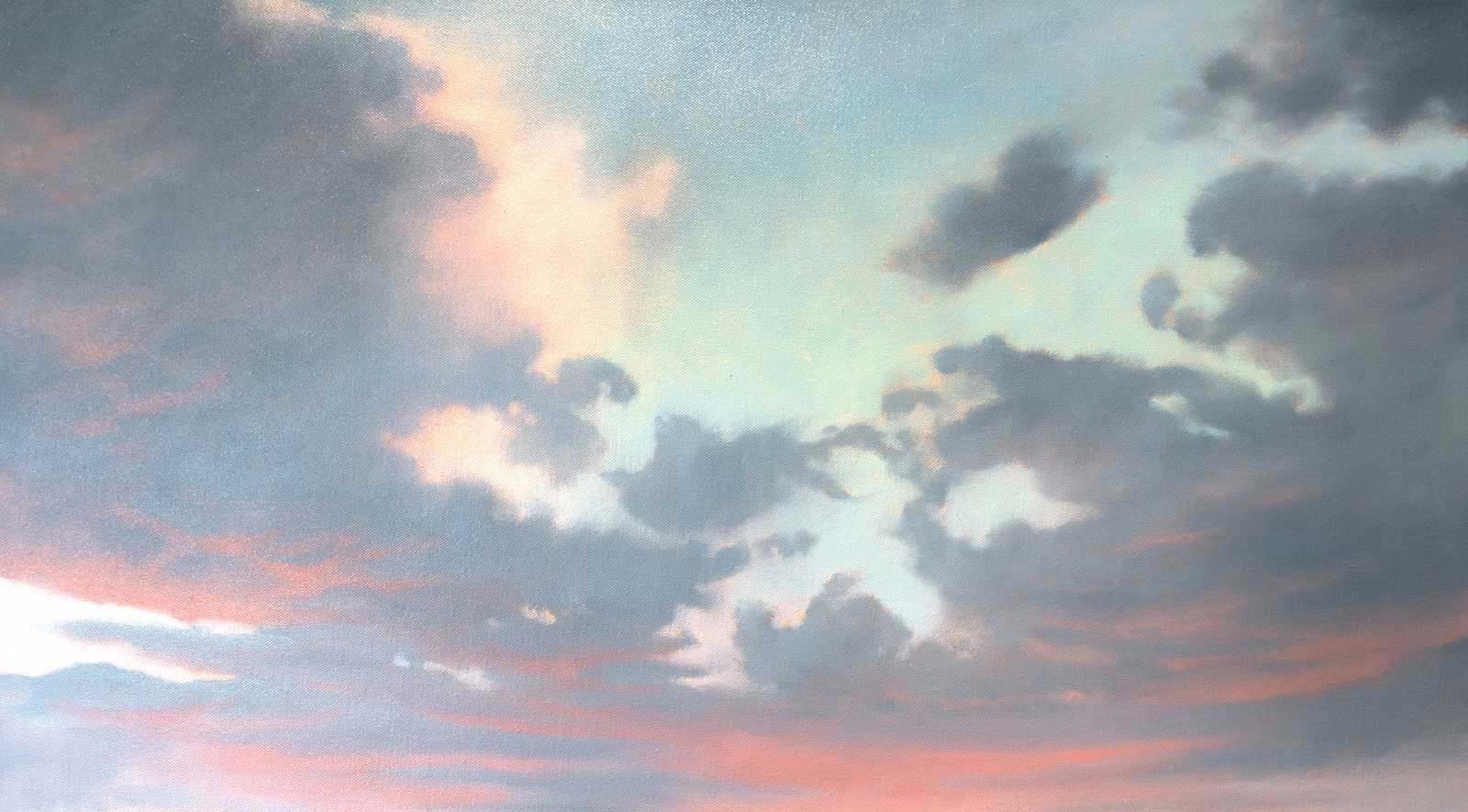 Stage 5
Stage 5Stage 5 Refining the Clouds
At this stage, I began adding a few details to the clouds and softening their edges, focusing on the gradient behind the main masses. This step is about refining the sky’s atmosphere, creating a sense of depth and subtle movement while keeping the overall composition soft and harmonious.
 Stage 6
Stage 6Stage 6 Defining the Land
For this step, I shifted my focus to the land, restating the darks with the transparent red iron oxide and phthalo green mixture. I also began adding color to the grasses to create a sense of distance, keeping the tones less chromatic in the background and more vibrant in the foreground. At this stage I’m not concerned with detail, I’m simply blocking in the colors and building a foundation for the next layers. I love using tools beyond brushes at this point. For painting grasses, I often reach for sponges, feathers, paper towels or anything else that can create an interesting mark and bring texture to the landscape.
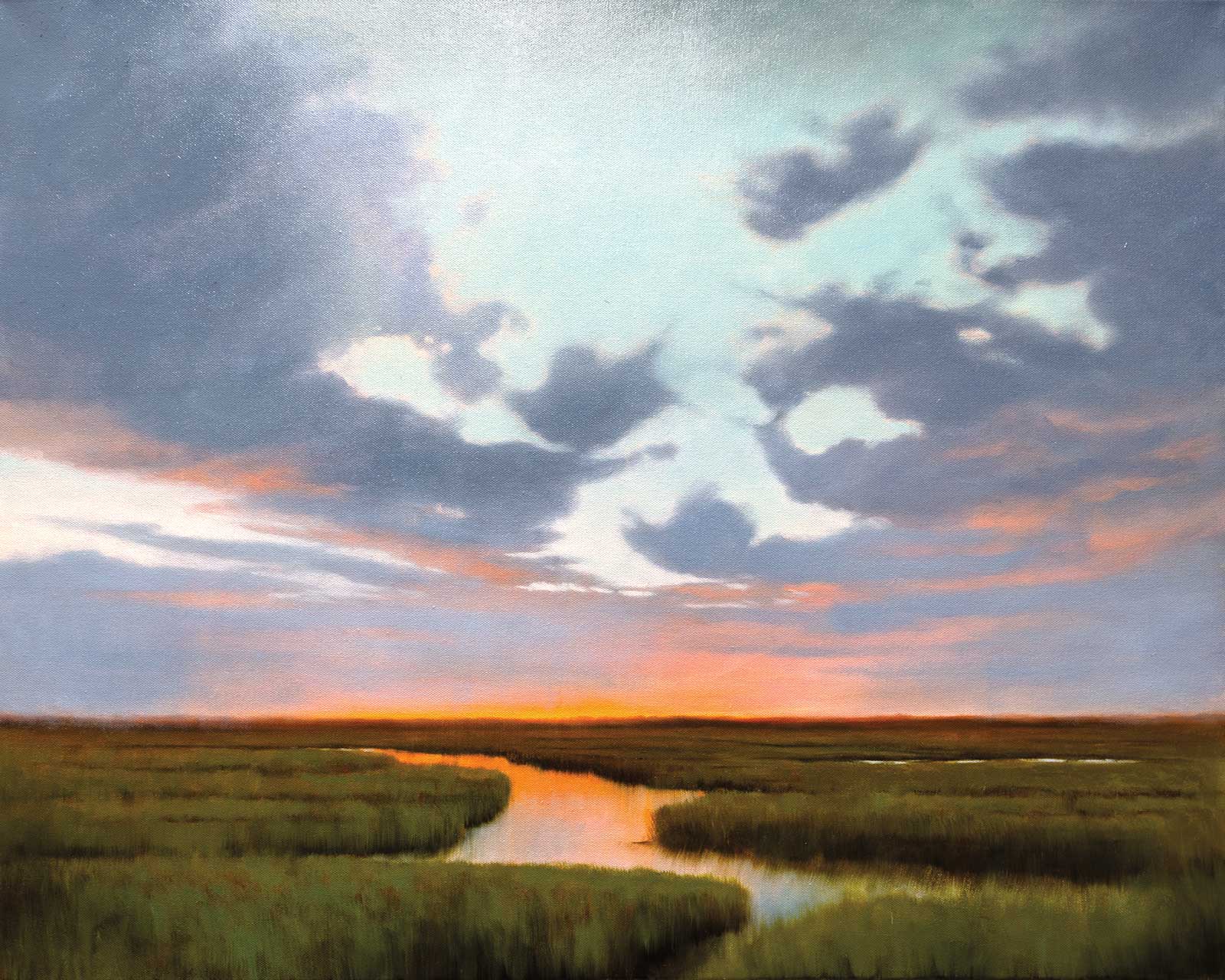 Stage 7
Stage 7Stage 7 Details and Adjustments
At this stage, I began adding more detail throughout the painting, focusing on the landmass, the water, and the clouds. I refined the textures and shapes, building up layers to create depth and interest. While working on the clouds, I changed their composition slightly to something that felt more natural and harmonious with the overall painting.
 Stage 8
Stage 8Stage 8 Final Details
Twilight’s Veil, oil on canvas, 24 x 30” (60 x 76 cm)
The final stage of the painting is all about the details. Although this step makes up only five to 10 percent of the process, it always takes the most time. I carefully review the entire piece, adding detail where needed, adjusting colors and refining the focus. I use glazes to deepen colors and scumbles to create atmosphere, letting the painting come to life. In this particular painting, I adjusted many of the colors and softened the edges of the clouds to make them look soft and natural. I also glazed both the water and the horizon to make them glow, adding a sense of light and depth that ties everything together. Through these final touches, I wanted to capture the essence of nature, the colors I see so often and, most importantly, the calm of the end of the day.
